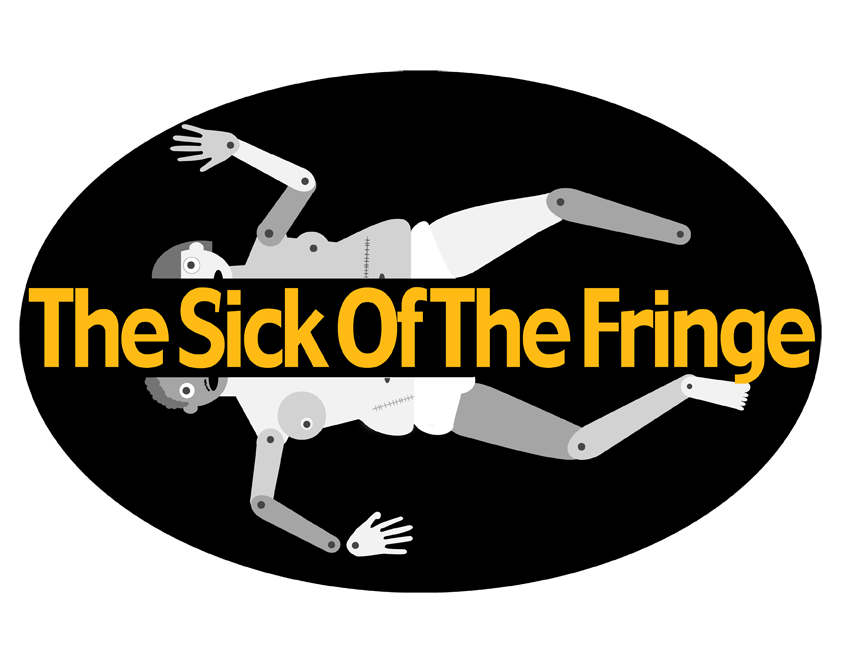A catwalk was set up right in the middle of Piccadilly Gardens and out strut Manchester’s finest. Ranging from a new born baby to a centenarian, taxi drivers, former Lord Mayors, artists and revellers all strode out to a driving beat. If the city aimed to proclaim itself through its people then there we stood. No rain, much applause.
Each dweller was framed with a story, individual to them giving meaning to the person behind the face.
‘Kate chose her own name. She was christened Andrew.’
‘Chris stood on the rooftop of the empty Ducie Bridge Pub. He wanted to say people could live here. Instead he got two months bread and breakfast in Strangeways.’
‘The big tower that howls. Ian designed that and much more of Manchester after the IRA bomb.’
Midway during the event a question is asked - Are the stories of the people of Manchester one of resistance or resilience? It would seem both words reference attitudes at the soul of what it means to be Mancunian but which would the people of Manchester most value: their resistance to the challenges they face or, their resilience, their ability to recover from these same obstacles?
Manchester is a city of two halves. It has nearly half a dozen universities, yet is also ranked the 5th most deprived local authority area in England. Two hundred languages are spoken in Manchester yet statistics from the National Literacy Trust show low levels of reading affecting literacy. Manchester boasts one of the most expansive digital and creative sectors covering computer programming, film and broadcasting yet the population continually shows higher rates of mental ill health than the national average.
Maybe a more resonant question is how can these two halves work together in a dual display of resistance and resilience?
The parade continues and we see old and new lovers greet each other, the common electrifying day to day harmony of neighbours looking after one another and the ease of everyday stories. It becomes easier and easier to forget this notion of separation and instead consider solutions.
The World Health Organisation and Mental Health Foundation state that communities with high levels of social capital, indicated by norms of trust, reciprocity, and participation are more resilient and better able to resist the effect of material deprivation. Perhaps, then, every year we should leave a space in Manchester’s calendar for a catwalk of the cities’ residents, with background stories set up to remind us to trust in the primacy of goodwill and cooperation, to resist inequality of opportunity and build up some good old fashioned social capital. (RY)
- Reina Yaidoo
Links Relevant to this diagnosis:
Multilingual Manchester - A Fact Sheet
The National Literary Trust Manchester
Greater Manchester Mental Health and Wellbeing Strategy
World Health Organisation - Mental Health, Resilience and Inequalities
Mental Health Foundation - Commentary
Social capital and the power of relationships - Al Condeluci at TEDxGrandviewAve
Building social capital | Joseph Cabrera | TEDxScranton





